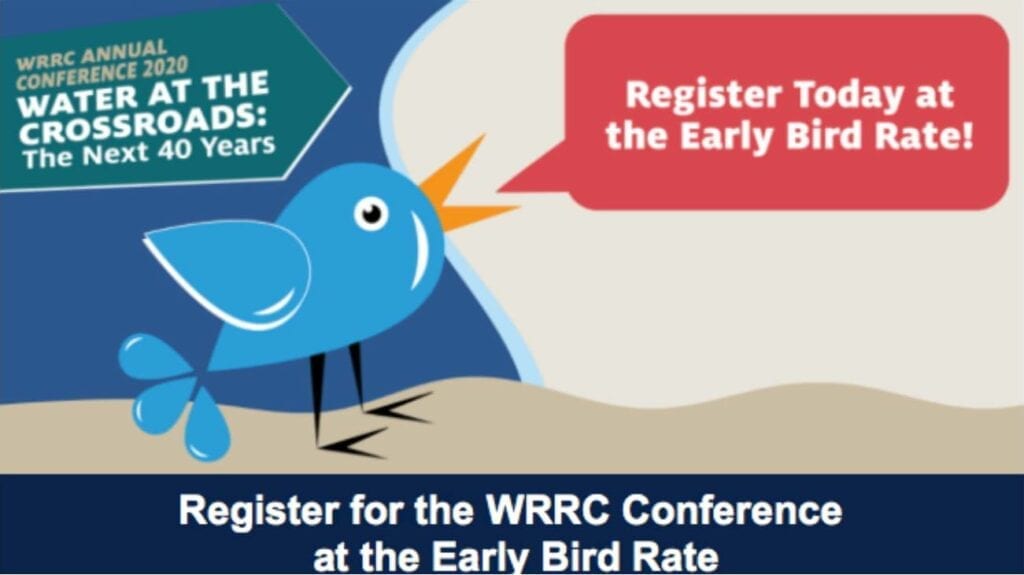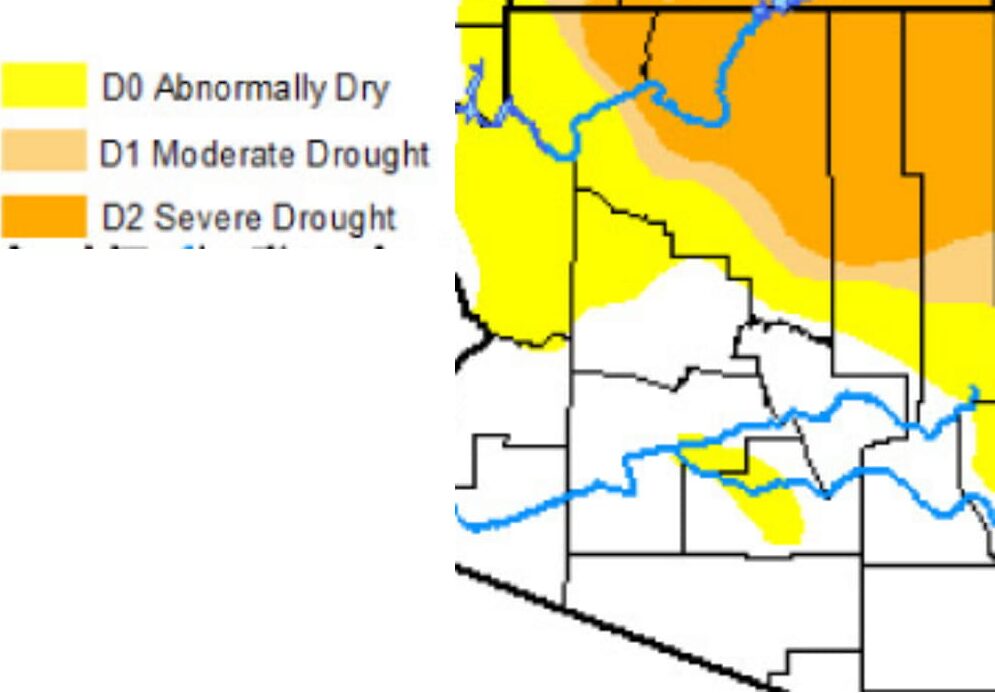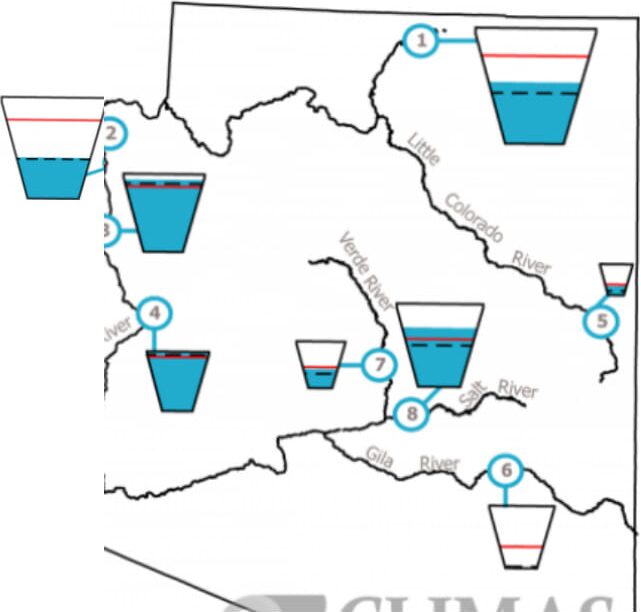1. Eat Less, Waste Less In 2020. Each year, tons of food is thrown out before it’s eaten. (Literally, tons.) This waste becomes a bigger problem every year, with an increase of almost 60 million tons between 1990 and 2015. In 2015, 39,730 TONS of food was wasted.What you can do to manage your own waste? Thankfully, there are lots of organizations working to spread information and end food waste. We at EnviroInsight.org are proud to be a part of that group! Here are some ways that you can cut down on your food waste, help yourself, and help the environment. Composting is a great way to help reduce waste and help the environment. When you decide to compost at home or send your unused food to be composted, you’re keeping that food out of the landfill. Composted food allows the nutrients to return to the soil, making it healthier and in turn helping other plants grow. Shop Responsibility. Plan your meals for the week and shop just for those meals. If need be, purchase only one item not on your list. This will lower the amount of food left over from the meal. Limit Packaging Of Food. Make certain the packging of the food you purchase is recyclable. Fresh, non-GMO foods are healthier and gernerate less waste. Dr. Timothy Jones, an anthropologist at the University of Arizona Bureau of Applied Research states that Americans waste nearly 50% of the food they purchase. The more you toss into the landfill, the more you contribute to greenhouse gasses and the overall carbon footprint. Locally, St. Vincent de Paul helped to divert 301,398 pounds of food waste from landfill to farm compost in 2019. Resolve to do your part.
2. WRCC Registration for the WRRC Annual Conference, “Water at the Crossroads: The Next 40 Years”, is open at the special early bird rate of $110, with a student rate of only $50. Thank you to our sponsors for making these low rates possible! Because this year’s conference will explore a number of comprehensive water anagement topics, our conference planning committee thought it would be useful to hold a series of background webinars to refresh our knowledge and found our discussion on a common base of information. The seminars will provide an overview of the Groundwater Management
Act, fill us in on the Governor’s Water Augmentation, Innovation, and Conservation Council with an emphasis on the Desalination Committee, and offer updates about CAPconnected management efforts, including the Drought Contingency Plan, water recovery
and wheeling, and the Central Arizona Groundwater Replenishment District.

The conference is on Friday, March 27, 2020 from 8:00 a.m. to 3:30 p.m. at
the Black Canyon Conference Center, 9440 North 25th Avenue, Phoenix, AZ
85021. For more information, go on line to https://wrrc.arizona.edu/wrrcconference-2020 utm_source=WRRC+Weekly+Wave%2C+Vol.+7%2C+Issue+33+%2812 %2F20%2F19%29+&utm_campaign=WW-12-20-19&utm_medium=email
3. Climas: Arizona’s Climate
Monthly Precipitation and Temperature: November precipitation was much above average in much of Arizona save for a small pocket of below average in the four corners region,). November temperatures were above average or much above average in most of Arizona. The daily average temperature anomalies for Oct 1 – Nov 19 (Fig. 2) highlight the fluctuations at select stations around the region.

Precipitation

Temperature
Fall 2019: Fall precipitation (Sept-Nov) in Arizona ranged from much below average in the four corners region to much above average or even record wettest in the southern third of the state. Fall temperatures were generally above average across Arizona.Annual: Total precipitation (Jan-Nov 2019) was mostly average to above average in Arizona except for the four corners region. Mean temperatures are mostly average to above average in Arizona.
Drought: The Dec. 10 U.S. Drought Monitor (USDM) has scaled back some of the drought characterizations in the Southwest, particularly in the southern regions of Arizona.

This reflects the wetter than normal conditions in November, but it remains to be seen whether this pulse of moisture provides any substantive and long-term drought relief for the affected regions. A large pocket of “Severe Drought” (D2) remains centered on the Four Corners region, reflecting acute and accumulated precipitation deficits.
Arizona Reservoirs – December 1, 2019

Lake Powell 53 % capacity
Lake Mead 40 % capacity
Lake Mohave 92% capacity
Lake Havasu 97% capacity
Lyman Lake 29% capacity
San Carlos 1% capacity
Verde River System 40% capacity
Salt River System 71% capacity
May You and Yours
Have a Happy, Prosperous 2020!
